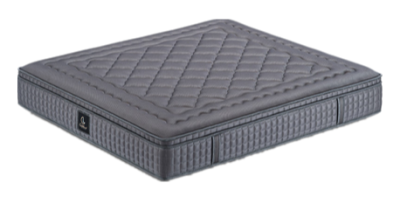Have you ever wondered what makes foam mattresses so comfortable? In this article, we will explore the science behind the comfort of foam mattresses and why they are a popular choice for a good night’s sleep.
Understanding Foam Materials
To comprehend the comfort factor, it’s essential to understand the materials used in foam mattresses. We’ll dive into the chemistry and structure of memory foam, latex foam, and polyurethane foam, explaining how each contributes to comfort and support.
Pressure Point Relief
One of the key factors that make foam mattresses comfortable is their ability to provide pressure point relief. We’ll explain the science behind how foam conforms to your body, reducing pressure on joints and muscles, leading to a more comfortable sleep.
Motion Isolation
Foam mattresses are known for their excellent motion isolation properties. We’ll discuss how the unique structure of foam helps minimize disturbances from a restless partner, ensuring an undisturbed night’s rest.
Breathability and Temperature Regulation
Foam mattresses have come a long way in terms of breathability. We’ll explore the technology behind improved airflow and temperature regulation in modern foam mattresses, addressing concerns about sleeping hot.
Durability and Longevity
Understanding the science behind foam materials also sheds light on their durability and longevity. We’ll discuss how quality foam mattresses can maintain their comfort and support for many years.
Conclusion
The comfort of foam mattresses isn’t just a matter of chance—it’s the result of meticulous engineering and scientific understanding. By choosing a foam mattress, you’re investing in a better night’s sleep backed by the science of comfort.






